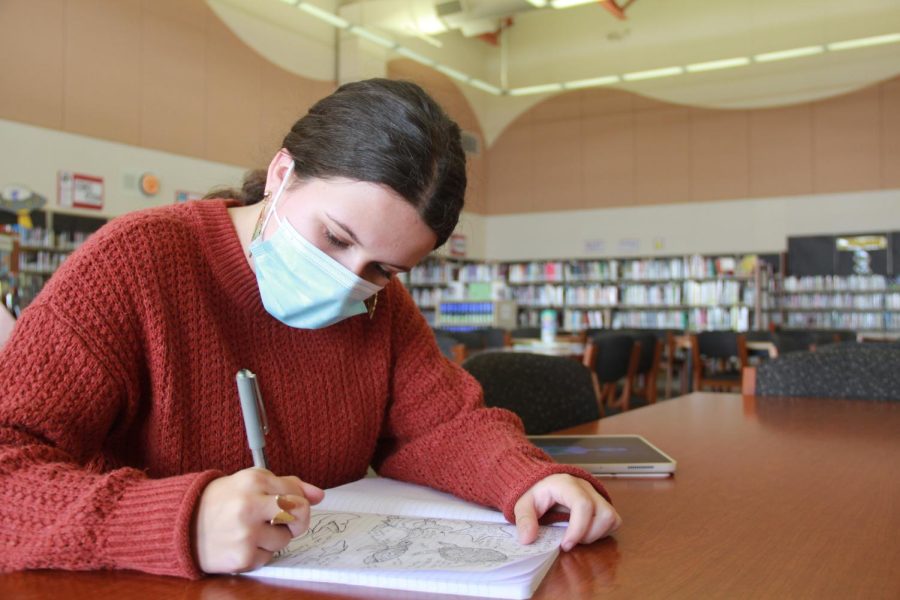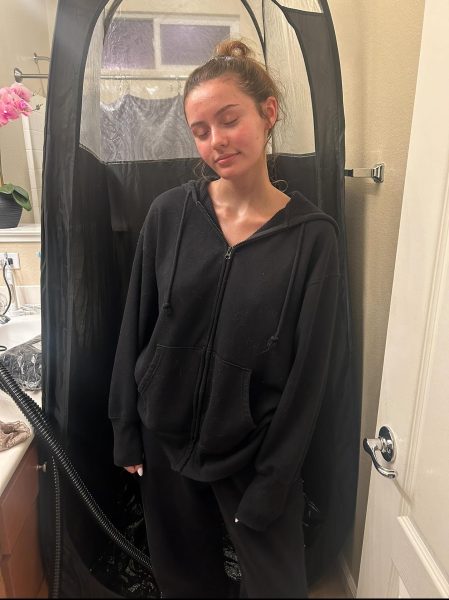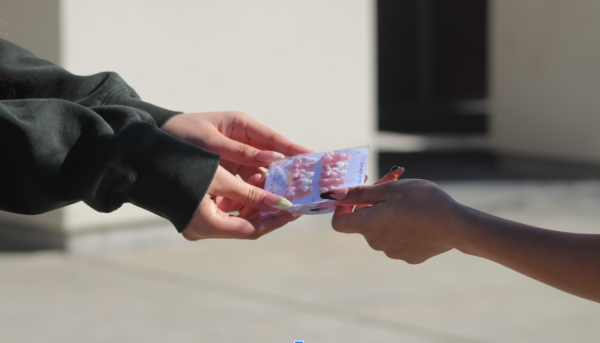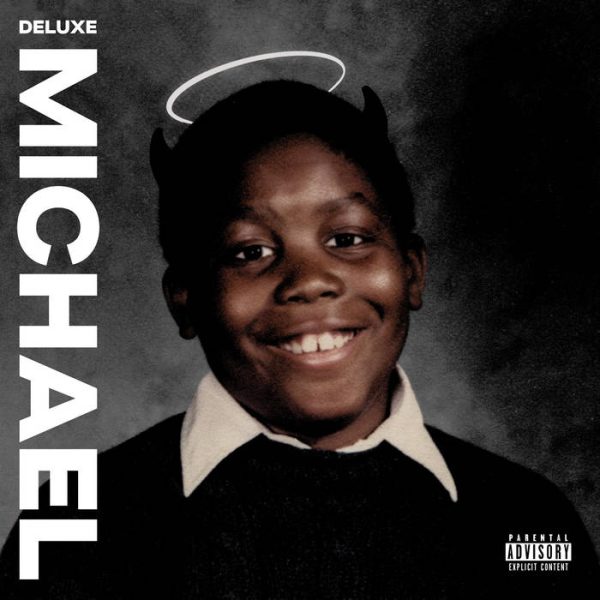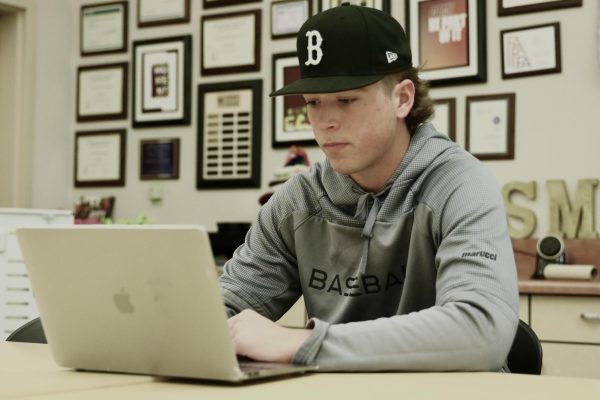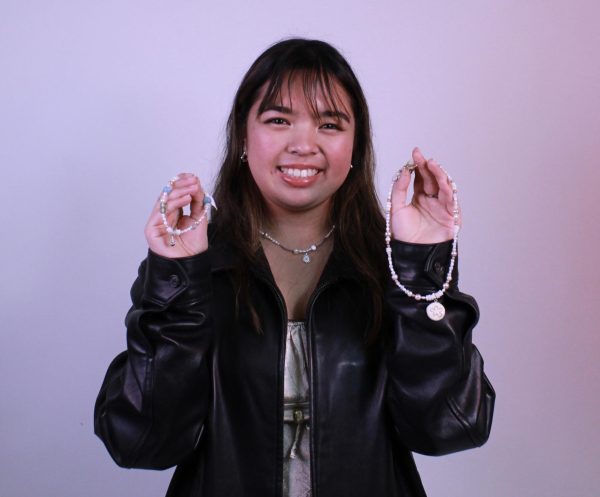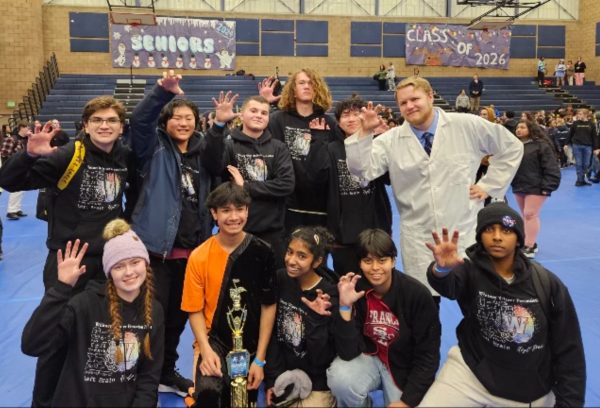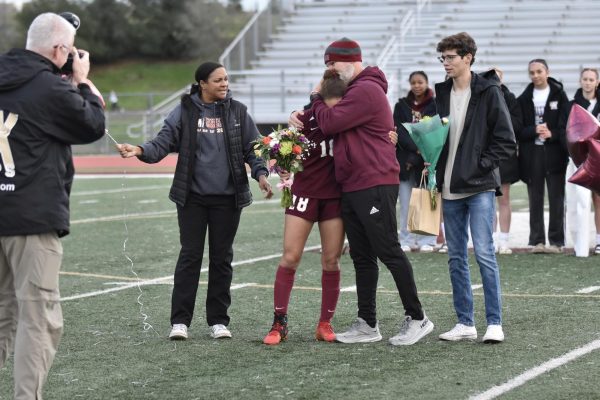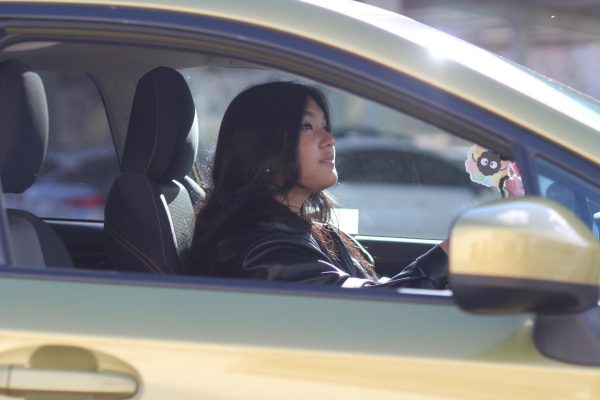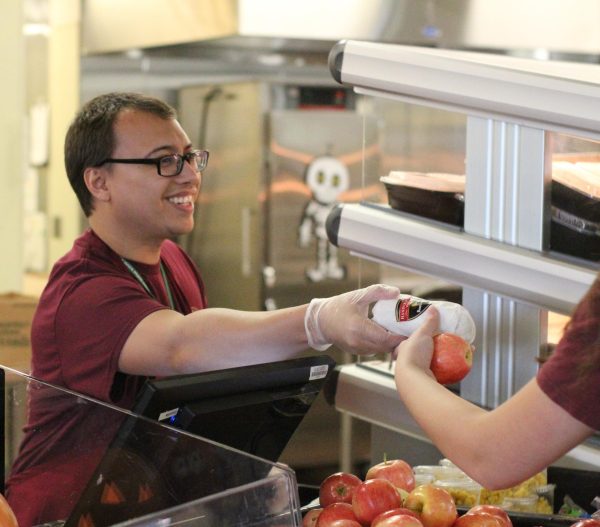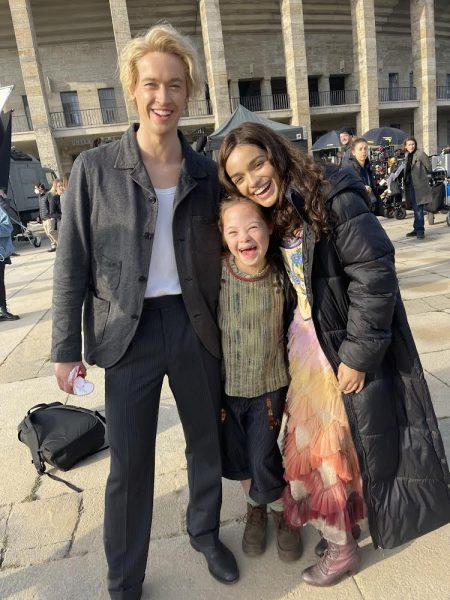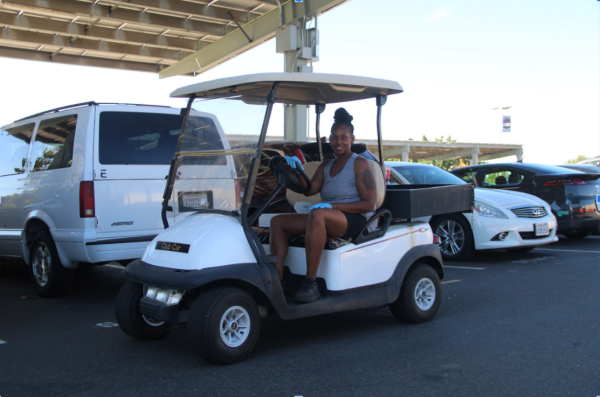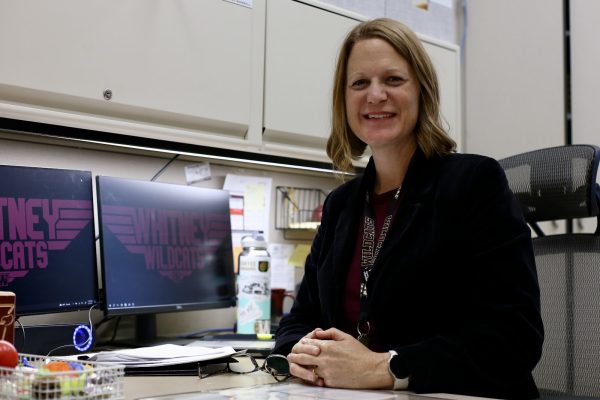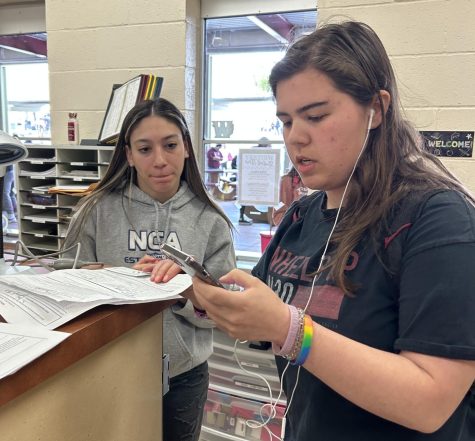Q&A with Grace Smith
Q: How did you begin your artistic journey?
A: I’ve been drawing all my life, but I really started getting into drawing in about fifth or sixth grade, as that’s when a lot of my other friends started getting into drawing and I wanted to copy them, to follow suit. I ended up really falling in love with it. Since then, I’ve been drawing for a good five years now, and I feel like I’ve really improved.
Q: What do you typically depict?
A: I draw a lot of characters — a lot of female characters. A lot of my art is influenced by nature, especially recently. I like fairies — I draw a lot of fairies and magic, and animals and forest scenes. I also like to draw oceans. I like mermaids. I like creating my own creatures by mixing other creatures; I just take the world around me and just depict it in a magical way.
Q: What inspired you in the past for your art?
A: I think in the past it was more about learning to draw so I would take characters I saw on TV, YouTubers I liked — I watched a lot of art, like a LOT, just like hours of art YouTubers, and I would copy the drawings they did, and I would take their styles and try to recreate them, and that ended in me developing my own style. I got a lot of media inspiration.
Q: What kind of genres inspired you, if we talk about your characters?
A: Well, cartoons inspired me a lot. I watched a lot of “Star vs. the Forces of Evil” and “Gravity Falls” and a lot of those Disney TV shows that had big eyes and cartoon-y characters — those [shows] were really influential, especially in my early years when my drawings were really simplistic. I would also copy a lot of what my friends did. They really liked anime, and so that also got translated into my style.
Q: What inspires your art today?
A: Nature, in general. What’s going on in my own life, what’s happening around me — it is a lot easier to cope with things you’re dealing with in your everyday life when you can translate them into a visual, artistic thing. It helps me process, it helps me deal with stress; high school is a stressful thing. You’ve got academics, you’ve got social issues, you’re finding yourself, you’re finding so much about all the people around you. It’s easier to cope when you can put it on paper sometimes.
Q: How has your art evolved, like in terms of depiction, style and such?
A: I started with traditional art a lot; it was all reflective of anime and cartoon styles — it wasn’t very good then. More recently, I’ve decided I wanted to focus more on the fundamentals of art and I’ve gone back to sketching, most of that is personal figure drawing, which isn’t always appropriate to show. Now, it’s just more about sketching and studies and learning about the world around me to help me pick up a pencil and draw what I see. A lot of that is because I’d like to become an animator. A lot of my art has become digital not only for the purposes for animation later in life but also because it’s more convenient to carry an iPad rather than a large sketchbook.
Q: What elements of art do you think you focus on the most?
A: Recently, I’ve been focusing a lot online with figure drawing and my studies, like taking objects and creating them in a simplistic way, like the littlest amount of lines possible that can still emulate the shape or thing I’m going for. Also, colors have been a really big thing — for a long time, I wasn’t able to color. I had these sketches and I could do the line art, but the colors would come out bland. Picking out the right colors, shading correctly; those are all things I’m learning and working on right now, and things can be practiced really well through digital art where you have endless possibilities of color and shade to choose from.
Q: What motivates you when you’re in a creative block?
A: That’s a good question because I’m just now getting out of one right now. When school starts, I fall into a rut a bit. It’s about going back to my roots every time. Usually, I just need to take a break, and then I realize I need to pick up a pencil, it’s been a while, and so I go back and I’ll watch those TV shows that inspired me, those YouTubers, I’ll go talk to those friends who inspired me. I’ll usually watch a lot of tutorials or start doing studies if I want to learn to draw an animal. I wanted to learn how to draw a deer and so I looked at a ton of pictures of deer and I had two full-page spreads of just different angles of deer. It’s just the little things like that help me get out of that block.
Q: Do you think the beginning of high school has changed your work?
A: High school has definitely shaped my art. My art has become more reflective of who I am. I mean, I was just drawing the same thing all the time, it was just like girls in poofy dresses, all the time, but now I’m taking what’s happening around me and I create characters that emulate characters the people I see and things I do. Having these two first years of high school, in a completely different world, learning about myself and everything else, has really translated into my art. I’m just learning new things; it [new experiences] just showed up there [in art].
Q: Can you point to any major event that occurred during high school which really changed the direction of your art?
A: I guess, as I went into high school, my friend group sort of got split between Rocklin and Whitney, so I was alone a lot of the time; things got lonely. I would spend a lot of time alone after school at the park. I would have picnics almost every day, sometimes multiple times a day, just by myself, and I really fell in love with the world of the insects, and the butterflies, all the bees, the flowers — everything. That’s why nature is such a big part of my art now. It was a good year and a half until I found my place. Even now, I just go to the park and find inspiration.
Q: What do you find special in your work?
A: My style. I don’t typically do straight line art, like with my sketches, I usually just neaten them up and color. I think line art is so conformed. I like being flowing and free with my art, and keeping my sketches messy helps me practice basic shapes rather than perfect forms. It makes it more fun too because you’re not focused on every little detail.
Q: Is it hard to find inspiration today?
A: I think we [artists] have it a lot easier than people did in the past. Now, we have Pinterest and Instagram, and a lot of my friends also like drawing, so I get inspiration from them. Honestly, the internet makes it so easy to get inspiration because of the endless options of references.
Q: Is there anything else you’d like readers to know?
A: If you’re interested in starting art or you want to get better at drawing or if you’re feeling stuck — I speak from experience — at some point down the road, after doing art for so long, you can sort of feel unmotivated. It gets monotonous, like it becomes an everyday task of drawing.
When you first start to begin to draw, you have this sort of naive or innocent pure optimism about this whole world you’re going to paint and draw — how you are just beginning, how you have so much left to do. Hold onto that hope, because at some point if you’re ever in a hard place and you can’t really figure out what to do, when you pick up a pencil or you sort of just lose interest in your art, finding that innocent joy when you just started is a really good way to pick yourself back up.
by WYNETTE CALUNSAG, ARABELLA COBRES, JEZLYN SOTELO & ISABELLA TOMASINI

